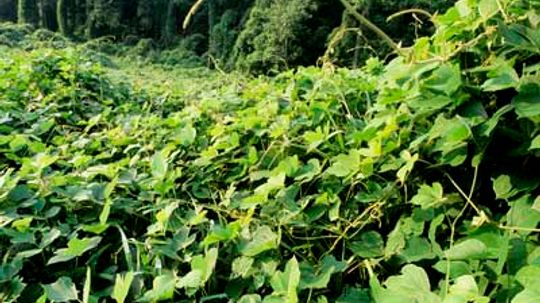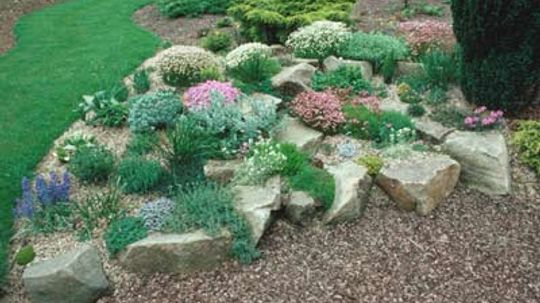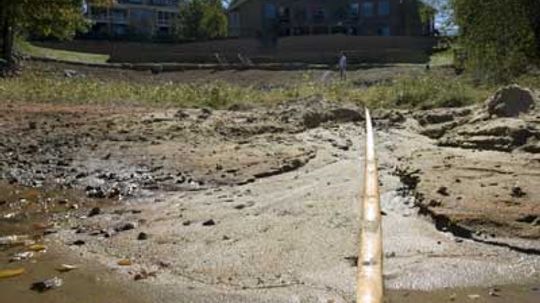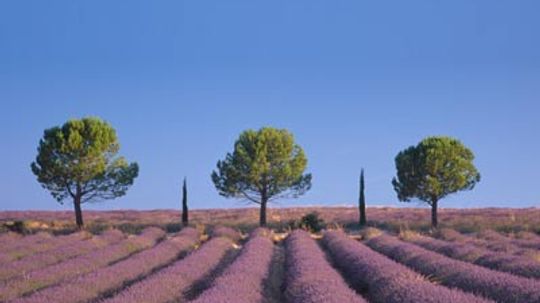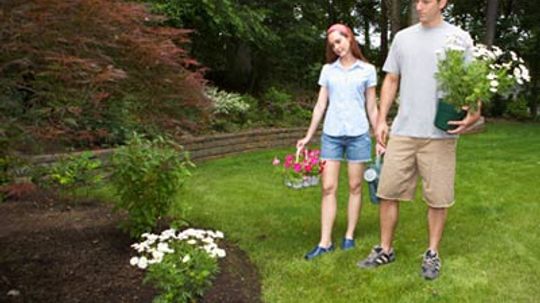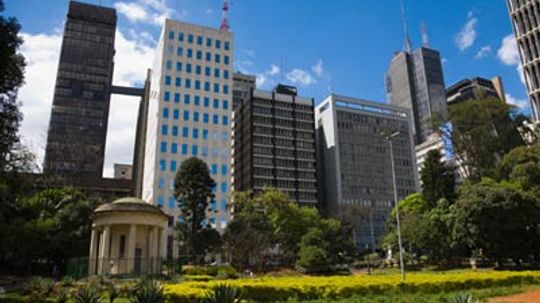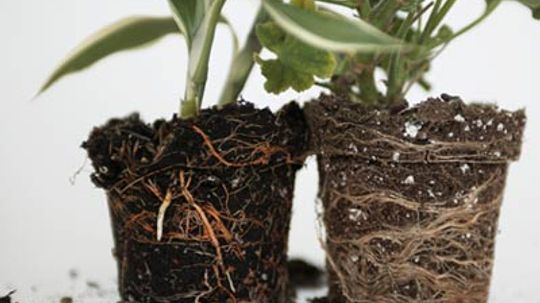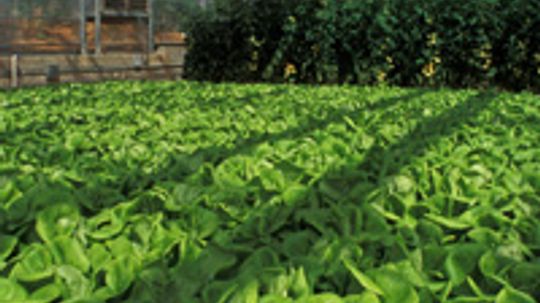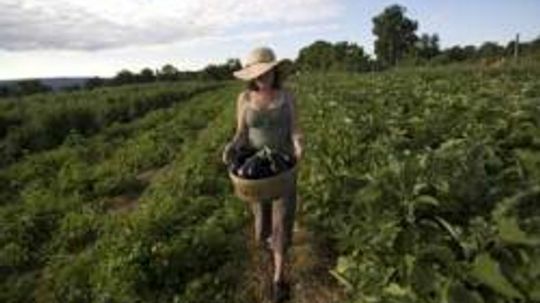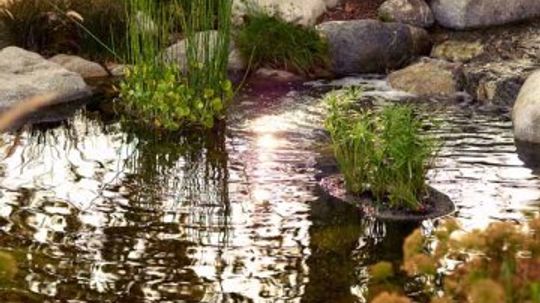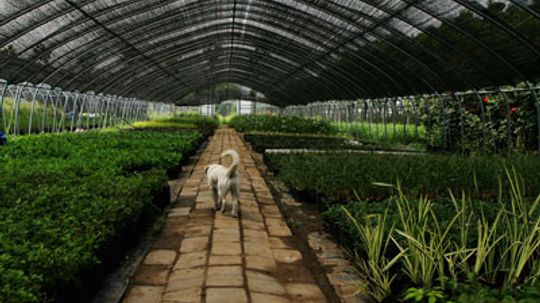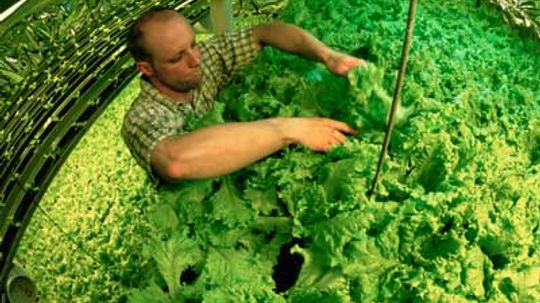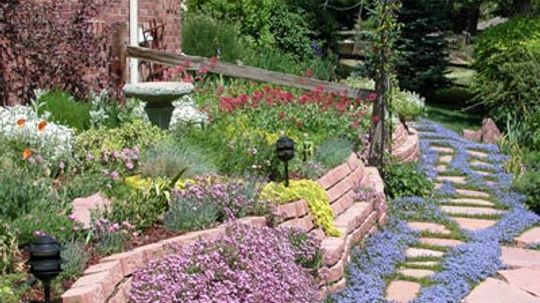Professional Landscaping
Professional landscaping requires creativity, a sense of design and a lot of knowledge on plants, soil and irrigation. Professional landscaping involves manual labor, but the landscape design and the landscape architecture are the major components.
Learn More / Page 2
You wouldn't plant a banana tree in Wisconsin, would you? Or if you did, you'd expect to give it a lot of tender love and care -- it's far too exotic to thrive on its own. Sometimes, it just makes sense to work with what the natural landscape offers.
How much water does a rock need to grow? That's a trick question. If your thumb isn't exactly green but you love the idea of having a manicured outdoor space, a rock garden might fit the bill.
By Jane McGrath
Irrigation lines can bring your farm or garden alive, but you may have to troubleshoot a few problems along the way. What do you do if compacted soil, coyotes or cold weather messes up your system?
By Robert Lamb
Advertisement
The green movement is becoming more and more popular, gaining momentum daily. And there are many popular systems and programs that can help restore some of Earth's depleted resources. Agroforestry is one practice that does just that.
If you're trying to improve your property, you may cringe at the thought of anything as complicated as a landscape analysis. Can't you just plant some flowers and be done with it? Why start with a landscape analysis? Find out.
We've all seen an overgrown, ugly, garbage-filled, vacant city lot at some point in our lives. These hulking eyesores can make the loveliest of neighborhoods look unkempt and even unsafe. But it's nothing a little urban landscape design can't fix.
If after a heavy rain, your yard holds enough water for Noah to float his ark, maybe it's time for some landscaping. Paying attention to your yard's soil type, as well as the plants and erosion within it, is important when planning a landscape.
By Olivia Page
Advertisement
As the population of our planet soars and arable land declines, hydroponics will allow us to produce crops in greenhouses or in multilevel buildings dedicated to agriculture. How else will hydroponics save plant populations?
By Bambi Turner
Permaculture emphasizes integrated farming and ecological engineering which, in theory, allows farms and communities to pursue their own ends in a way that works with their environments.
By Robert Lamb
The yard should be a relaxing place where you can go after a long day of work and enjoy a bit of nature. Unfortunately, your backyard is anything but relaxing. Building a pond may be just the thing to bring serenity to you.
A green lawn is a nice place to sip iced tea, relax in a hammock, bird watch. But to get to that magazine-worthy turf, you first need to till the soil. Here's how.
Advertisement
Reproducing plants out of season gave man a measure of control over nature. The allure of it sparked the imagination and inspired new methods for building structures devoted to plants. So how do greenhouses work?
By Sara Elliott
When fish live in tanks, their waste builds up in the water. But what is one living thing's sewage is another living thing's savory meal. Can crops be cultivated on fish feces?
We all know that water's a precious resource, but in drought-stricken regions, it's harder to come by than ever. What can you do? One landscaping option is Xeriscaping.
By John Fuller
